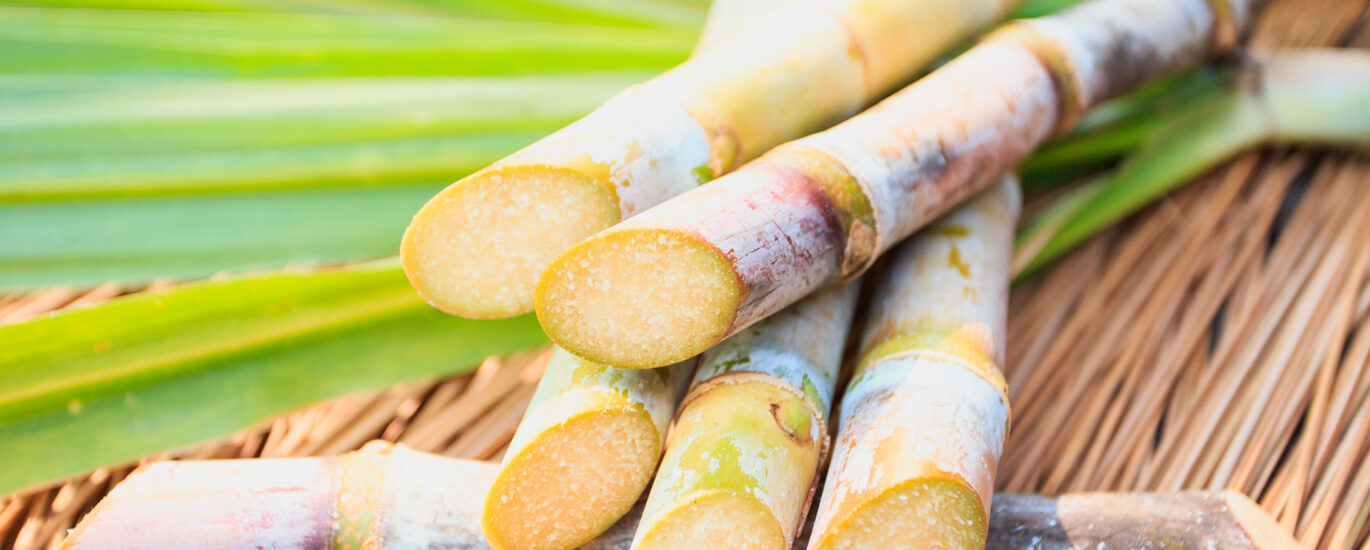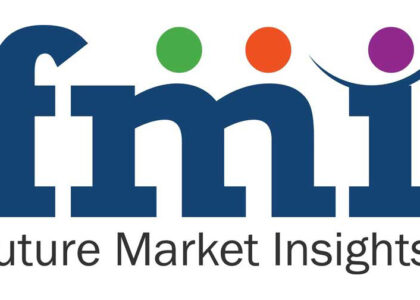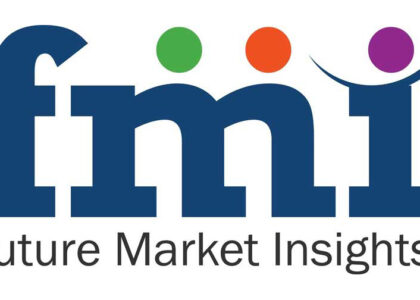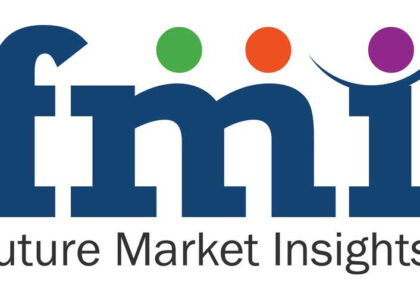The Cane Sugar Market is experiencing substantial growth driven by increasing demand for sweeteners in various industries. Cane sugar, derived from sugarcane plants, remains a prominent choice due to its natural appeal and versatility. It finds extensive application in the food and beverage sector, as well as in the pharmaceutical and cosmetic industries. As consumer awareness about healthier alternatives rises, there is a growing preference for cane sugar over artificial sweeteners.
The global cane sugar market is set to witness growth at a CAGR of 4.6% and is anticipated to reach a valuation of around USD 83.8 Billion by 2032.
For food to have flavour and appeal, sugar is required. On the other hand, eating it could cause weight gain, diabetes, obesity, and cholesterol issues.In order to counter this, cane sugar is utilised, which reduces the sweetness of the cuisine while adding a unique flavour.
Request the Sample today and unlock valuable insights into our comprehensive Cane Sugar Market report:
https://www.futuremarketinsights.com/reports/sample/rep-gb-15003
During and after the outbreak, purchasing patterns saw a significant shift. To decrease the negative consequences of sugar consumption on the body, people are now searching for raw, brown, and organic sugars that are healthier, less processed, and uncooked. Customers are beginning to favour organic sugar over normal sugar because they believe it to be safer and healthier. This has altered the outlook for the cane sugar market.
To keep up with consumer demand, major sugar producers are working on generating new types. Growing worries about lifestyle-related health issues including obesity, cardiovascular disease, and diabetes are projected to drive demand for healthier sugar variations even higher.
However, the development of better sugar substitutes such as coconut sugar and stevia, as well as regulations imposed by regulatory bodies and health organizations owing to its negative health effects, such as the American Heart Association’s recommendation of limiting added sugar intake to less than 6 teaspoons (24 grams) per day for women and less than 9 teaspoons (36 grams) per day for men, have shifted consumer preferences towards artificial sweeteners and is shifting consumer preferences towards artificial sweeteners. This is one of the biggest cane sugar market restraints.
To combat this, the cane sugar company executives will have to manage several priorities at the same time as they transition from reacting to the pandemic to recovering and traversing the path forward: monitoring changing consumer preferences, recognizing micro pockets of growth to prioritize in future plans, adjusting commercial strategies, and becoming more flexible to stay a step ahead.
Key Takeaways from Market Study
- The cane sugar market is segmented based on product type; wherein liquid sugar is anticipated to account for around 21.7% of the market share over the forecast period.
- The North American cane sugar market is expected to witness a lucrative growth rate of 5.6% during the forecast period.
- East Asia is inferred to account for 25.8% of the global adoption of cane sugar through 2032.
- Cane Sugar application in the bakery industry is expected to hold a market share of over 23.5% in the forecast period
Request Methodology for a Comprehensive Analysis:
https://www.futuremarketinsights.com/request-report-methodology/rep-gb-15003
“For the advancement of their businesses, key manufacturers are opting for strong tactics. They’re putting a lot of emphasis on product branding and positioning. They are exploiting consumer pleasure as a feasible approach to grow their worldwide influence. These are the factors that are driving the market for cane sugar forward.” says a Future Market Insights analyst.
Competitive Landscape
Joint ventures, mergers & acquisitions, and other strategic initiatives are continually being pursued by cane sugar market participants. Major firms in fast-growing countries like East Asia and South Asia are also attempting to diversify their product lines to get a competitive edge over their competitors.
As a result of huge, long-term behavioral upheaval across consumers, categories, and channels, the problem of anticipating customer requirements, as well as assessing and managing innovation to meet those needs, is likely to become much more difficult in the post-pandemic era in the cane sugar market.
Consumers are prioritizing needs, looking for larger amounts, shelf-stable, and easy-to-prepare products, as well as those with higher value. They’re switching to online and direct-to-consumer methods for their purchases. Consumer attitudes and disposable cash are increasingly favoring companies that represent for trust, safety, health, and value. This can be corroborated by the few recent cane market developments:
DCM Shriram Ltd announced an investment of about INR 350 crore in sugar mill capacity expansion in November 2021. The company approved three investment proposals for the sugar business, including increasing capacity for refined sugar production according to market choice and increasing feedstock flexibility for its distilleries, to capitalize on increased sugarcane availability in its catchment area.
EID-Parry (India) stated in September 2021 that at its Sankili facility in Andhra Pradesh, it would build a grain/sugar syrup/molasses-based distillery with a capacity of 120 kilo liters per day (KLPD).
Explore More Valuable Insights
Future Market Insights, in its new report, offers an impartial analysis of the global Cane Sugar market, presenting historical data (2017-2021) and estimation statistics for the forecast period of 2022-2032.
The study offers compelling insights based on the cane sugar market by product type (liquid sugar, powdered sugar, granulated textured sugar, granulated flavored sugar, granulated colored sugar, pulp, others), by nature (organic and conventional), by application (dairy, bakery, confectionery, beverage, canned & frozen foods, pharmaceuticals, other food items) & Region across seven major regions of the world.
Cane Sugar Market by Category
By Product Type, Cane Sugar Market is segmented as:
- Liquid Sugar
- Powdered Sugar
- Granulated Textured Sugar
- Granulated Flavored sugar
- Granulated Colored Sugar
- Pulp
- Others
By Nature, Cane Sugar Market is segmented as:
- Organic
- Conventional
By Application, Cane Sugar Market is segmented as:
- Dairy
- Bakery
- Confectionery
- Beverage
- Canned & frozen foods
- Pharmaceuticals
- Other food items
By Region, Cane Sugar Market is segmented as:
- North America
- Latin America
- Europe
- East Asia
- South Asia
- Oceania
- The Middle East and Africa
About Future Market Insights (FMI)
Future Market Insights, Inc. (ESOMAR certified, recipient of the Stevie Award, and a member of the Greater New York Chamber of Commerce) offers profound insights into the driving factors that are boosting demand in the market. FMI stands as the leading global provider of market intelligence, advisory services, consulting, and events for the Packaging, Food and Beverage, Consumer Technology, Healthcare, Industrial, and Chemicals markets. With a vast team of over 5000 analysts worldwide, FMI provides global, regional, and local expertise on diverse domains and industry trends across more than 110 countries.
Contact Us:
Future Market Insights Inc.
Christiana Corporate, 200 Continental Drive,
Suite 401, Newark, Delaware – 19713, USA
T: +1-845-579-5705
For Sales Enquiries: sales@futuremarketinsights.com
Website: https://www.futuremarketinsights.com
LinkedIn| Twitter| Blogs | YouTube





